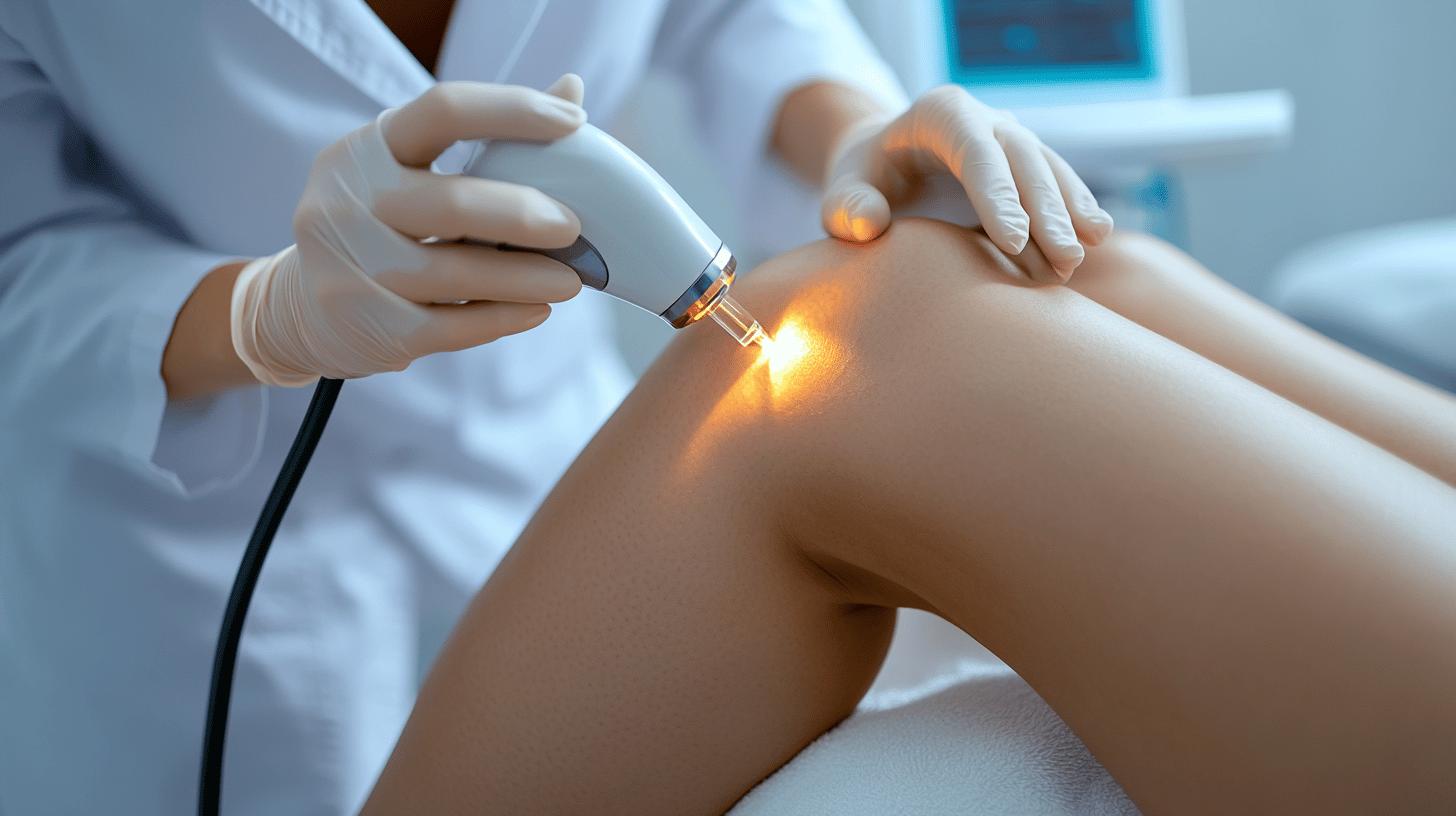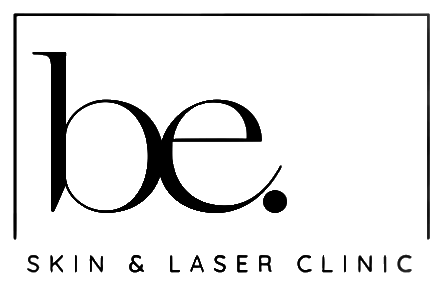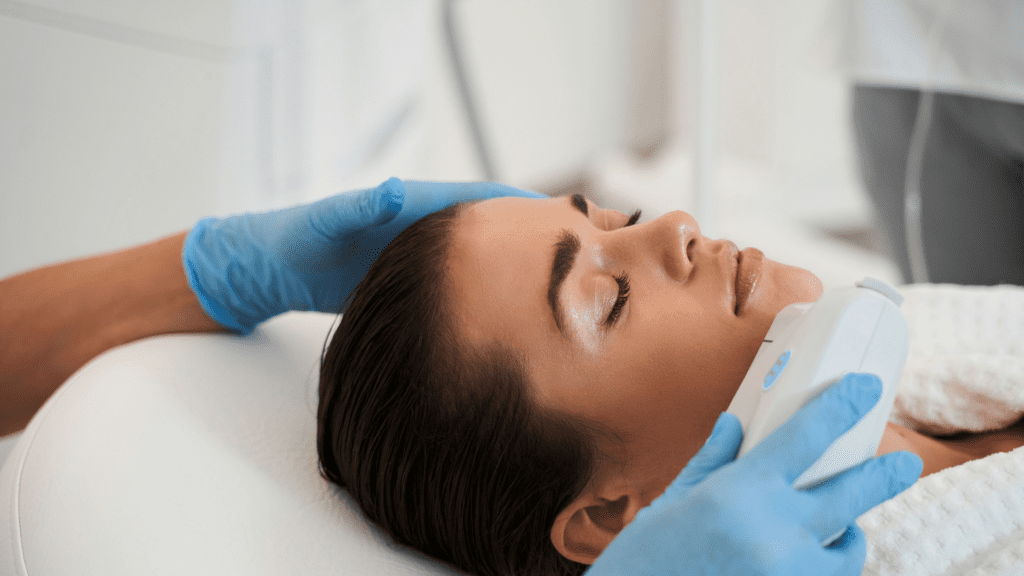Ingrown hairs can be an irritating and persistent problem, especially for those who frequently shave or wax. With methods like laser hair removal on the rise, many wonder if it could be the ultimate solution to this common issue. Imagine cutting down your skincare routine hassles while improving skin texture—it sounds enticing. Experts reveal that laser hair removal can reduce ingrown hairs by targeting the follicles directly, preventing hair from curling back into the skin. Read on to explore whether this cutting-edge treatment could be your answer to achieving smooth, bump-free skin.
Understanding Ingrown Hairs and Their Causes
Ingrown hairs occur when hair grows back into the skin instead of rising up. This condition often results in inflammation, small bumps, and sometimes discomfort. Shaving and waxing are frequent culprits, as they can cause hairs to grow at an angle, increasing the likelihood of them curling back into the skin. This issue is prevalent in individuals with curly or coarse hair, as these hair types are more prone to bending back into the skin rather than growing straight out. Shaving exacerbates the problem by cutting hair at or just below the skin’s surface, where it can quickly become trapped.
The typical presentation of ingrown hairs includes small, raised bumps that may be accompanied by redness or itchiness. These bumps can occur anywhere on the body but are most common in areas that are frequently shaved or waxed, such as the face, neck, legs, and bikini line. The texture of the hair plays a significant role in the likelihood of developing ingrown hairs. Curly hair is more likely to re-enter the skin, while coarse hair is more likely to irritate the skin as it grows back.
Common causes of ingrown hairs include:
- Shaving too closely
- Waxing improperly
- Wearing tight clothing
- Having curly or coarse hair
- Using dull razors
How Laser Hair Removal Targets Ingrown Hairs
Laser hair removal effectively prevents and treats ingrown hairs by focusing on the hair follicles with concentrated light beams. But how exactly does this help with ingrown hairs? Laser hair removal targets melanin in the hair and the absorbed light energy is converted into heat, which damages the hair follicle. This damage inhibits or delays future hair growth, effectively preventing hairs from curling back into the skin, a common cause of ingrown hairs.
The process involves multiple sessions, each progressively reducing hair density and growth rate. This long-term solution addresses the root cause by eliminating the hair follicle but also helps to improve the skin’s overall texture and clarity. The Soprano Ice laser, in particular, is designed to be effective across all skin tones, making it a versatile option for a wide range of people seeking relief from ingrown hairs. This inclusivity is a significant benefit, as it ensures more individuals can access treatment regardless of their skin type.
| Process Step | Description |
|---|---|
| Melanin Targeting | The laser targets melanin in the hair, absorbing light energy. |
| Heat Conversion | Light energy converts to heat, damaging the hair follicle. |
| Follicle Destruction | Heat effectively destroys the follicle, preventing hair regrowth. |
| Session Repetition | Multiple sessions ensure maximum reduction of hair density and growth. |
Laser treatment efficiency is enhanced by the precision of targeting only the follicle, leaving the surrounding skin undisturbed. This precision minimises the risk of side effects like skin irritation or discolouration. By addressing the issue at its source, laser hair removal presents a highly effective solution for those struggling with ingrown hairs. It offers a smoother skin appearance and reduces the frequency and discomfort associated with traditional hair removal methods like shaving or waxing.
Expert Opinions on Laser Hair Removal for Ingrown Hairs

Laser hair removal is widely recognised as a highly effective solution for reducing ingrown hairs and enhancing skin texture. According to experts, the procedure targets and destroys hair follicles, preventing hair from curling back into the skin—a common cause of ingrown hairs. This method addresses the root problem and contributes to smoother, clearer skin over time. Dermatologists frequently recommend laser hair removal for individuals particularly prone to ingrown hairs, as it offers a long-term solution compared to traditional hair removal methods.
Dermatologist Insights
Dr Emma Roberts, a leading dermatologist, states, “Laser hair removal is a game-changer for patients struggling with ingrown hairs. Targeting the follicle directly significantly reduces the likelihood of hairs becoming trapped under the skin, which is the primary cause of ingrown hairs.” Dr Sarah Goodwin, another expert in the field, adds, “For those with curly or coarse hair, laser hair removal presents a more effective alternative to shaving or waxing, which often exacerbate the problem.”
Real Patient Experiences
Many patients have shared positive outcomes following their laser hair removal treatments. Jane, a long-time sufferer of ingrown hairs, explains, “After just a few sessions, I noticed a drastic reduction in ingrown hairs, and my skin felt much smoother. It’s worth the investment.” Similarly, Tom, who underwent multiple treatments, reports, “The difference is remarkable. Not only are ingrown hairs a thing of the past, but my skin has never looked better.” These testimonials underscore laser hair removal’s real-world effectiveness, providing dermatological and cosmetic benefits for those seeking relief from ingrown hairs.
Benefits and Considerations of Laser Hair Removal
Can laser hair removal solve ingrown hair issues? Yes, laser hair removal can significantly reduce the occurrence of ingrown hairs by targeting hair follicles directly. This method minimises hair regrowth, thus preventing hairs from curling back into the skin, a primary cause of ingrown hairs. The procedure not only diminishes unwanted hair but also enhances skin health by reducing the need for traditional hair removal methods like shaving or waxing, which often irritate the skin. Laser hair removal aids in maintaining smoother skin with fewer bumps and blemishes.
However, achieving these benefits necessitates careful consideration of the procedure’s requirements and potential risks. Ensuring the treatment is performed by a qualified professional is crucial, as improper administration can lead to complications such as skin discolouration or burns. Additionally, patients must adhere to certain precautions, such as avoiding sun exposure before and after treatment, to mitigate risks and maximise outcomes. Understanding these considerations can help individuals decide whether laser hair removal suits them.
Benefits and considerations of laser hair removal include:
- Reduces hair growth: Long-term decrease in hair density and visibility.
- Prevents ingrown hairs: Targets root causes, reducing frequency and severity.
- Improves skin health: Less irritation compared to shaving or waxing.
- Requires professional administration: Ensures safety and effectiveness.
- Avoids sun exposure: Essential before and after treatment to prevent complications.
- Potential risks: Temporary skin irritation or discolouration if not correctly managed.
By weighing these benefits and considerations, individuals can better determine if laser hair removal aligns with their hair removal goals and skin care needs.
Practical Advice for Considering Laser Hair Removal
Preparation is crucial for optimising results and ensuring safety when considering laser hair removal. Avoiding sun exposure at least two weeks before the treatment is essential. This precaution helps protect the skin from UV damage, which can increase the risk of side effects. Additionally, patients should refrain from plucking or waxing the area to be treated, as laser hair removal requires the presence of hair for effective targeting. Shaving is permissible, as it does not remove hair from the root, allowing the laser to reach the follicle effectively.
Post-treatment care is equally essential to ensure optimal recovery and minimise potential complications. After the procedure, applying soothing creams can help reduce any temporary irritation or redness. Resisting the urge to pick at the treated skin is vital, as this can lead to scarring or infection. Avoiding hot showers and vigorous physical activity for at least 24 hours, post-treatment is recommended to support skin healing further. Choosing a reputable clinic, such as Be. Laser & Skin Clinic Taunton ensures access to professional laser services and expert guidance throughout treatment.
Preparation and care tips for laser hair removal:
- Avoid sun exposure two weeks before treatment.
- Do not pluck or wax hairs; shaving is allowed.
- Apply soothing creams after treatment to reduce irritation.
- Avoid picking at the skin to prevent scarring.
- Refrain from hot showers and intense exercise for 24 hours after treatment.
Final Words
Exploring the question, Can Laser Hair Removal Help with Ingrown Hairs? Experts Weigh In, the discussion began with understanding the causes of ingrown hairs, highlighting factors like shaving and hair texture. Laser hair removal emerged as a promising non-invasive method, effectively reducing hair growth and preventing future ingrown hairs. Expert opinions and patient testimonials underscore its value, though potential risks require careful consideration. Laser treatment can significantly enhance skin health and confidence by preparing adequately and engaging qualified professionals. Navigating each aspect carefully promises a positive and life-improving outcome.
FAQ
Laser hair removal of ingrown hair before and after
Laser hair removal is effective in reducing ingrown hairs. The treatment destroys hair follicles, preventing re-growth and further occurrences of ingrown hairs, leading to smoother skin over multiple sessions.
Does laser hair removal help with ingrown hair scars?
Laser hair removal minimises ingrown hair development, potentially decreasing the formation of scars. However, it does not directly treat existing scars. Alternative dermatological procedures may be needed for scar treatment.
How to treat ingrown hair after laser?
Post-laser, treat ingrown hairs with mild exfoliation using glycolic acid to lift trapped hairs gently. Maintain hygiene with fragrance-free cleansers to reduce inflammation and prevent infection.
Does laser hair removal help with Keratosis pilaris?
Laser hair removal partially improves Keratosis pilaris by reducing hair growth and lessening the overall texture. It’s not a direct cure, but it helps manage the appearance.
Does laser hair removal get rid of strawberry legs?
Laser hair removal reduces strawberry legs by targeting the hair follicles responsible for the appearance of dark spots. Repeated sessions smooth out the skin tone and texture.
Does laser hair removal help with hyperpigmentation?
Laser hair removal indirectly assists hyperpigmentation associated with hair growth and ingrown by reducing irritation factors. However, it is not a primary treatment for all hyperpigmentation types.
Does laser hair removal get rid of current ingrown hairs?
Laser hair removal does not directly remove existing ingrown hairs. It reduces hair density to prevent future occurrences, leading to smoother and clearer skin after multiple sessions.
What makes you a bad candidate for laser hair removal?
Individuals with very light or grey hair, certain skin conditions, recent sun exposure, or those taking photosensitising medications are bad candidates for laser hair removal. A consultation with a professional is recommended.
Does being overweight cause ingrown hair?
Excess body weight does not directly cause ingrown hairs but may contribute to skin friction and sweating, exacerbating the condition. A balanced hygiene routine can help manage this.
What is the best hair removal for ingrown hairs?
Laser hair removal is the best method for treating ingrown hairs in the long term. It targets the follicle, reducing hair growth and preventing future ingrown occurrences, thus improving skin smoothness.





